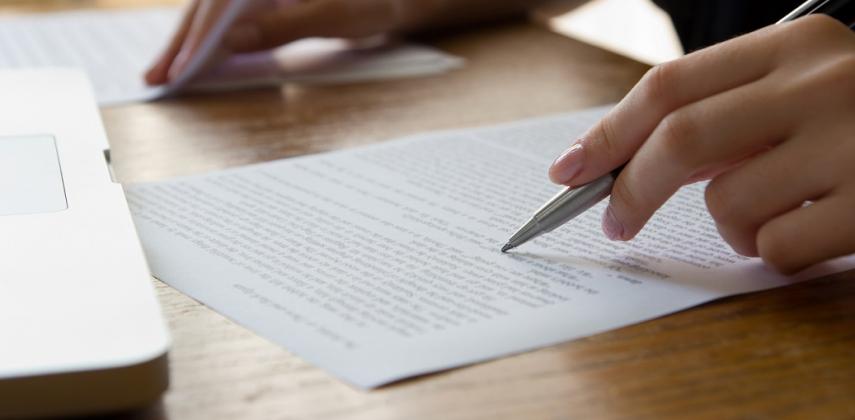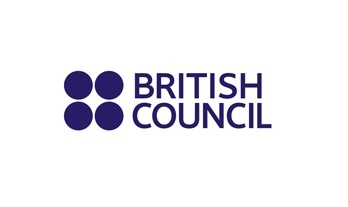In business, it’s absolutely essential to make a good impression with anyone you’re communicating with when writing – from your boss, to a potential new client, to your fellow colleagues. Making even the most basic error in your writing can send all the wrong messages – you may come across as careless, lacking attention to detail and not showing respect to your reader.
It’s understandable that we are all very busy at work and, for many of us, we may have dozens of emails to send a day. When writing a quick email, it’s easy to make mistakes. Still, there’s certainly no excuse – there’s no doubt that we should always check our emails carefully before we send them. Let’s look at some top tips for proofreading and some common errors to be aware of and look out for.
- Grammar, spelling, then punctuation
Try noticing different aspects when checking your work. The first time you read your work through, look out for any grammatical errors. A common error to spot is that of subject/verb agreement. Remember to check that you have used the right verb in the right form. Forgetting the -s in the 3rd person singular (he/she/it) is a frequent example. For instance, ‘The training start at noon.’ Rather, we should write ‘The training starts at noon.’
Next, take a second look and focus on spelling. Short words, for example, are easy to spell, but are also easy to spell incorrectly. Short words are often ones we type the fastest, thus it’s easy to see why we sometimes type some of the letters in the wrong order. To give some examples, ‘Thank you fro your letter’ (for), ‘See you at hte meeting’ (the), and ‘Many fo our staff’ (of).
Finally, have a third read and pay attention to punctuation. Ensure you’re starting sentences with capital letters and also using these for place names, days, months, names, and so on. As an illustration, ‘I am looking forward to meeting you on monday 25th’ (Monday).’ Check also for use of commas when opening and closing emails. For example, following ‘Dear X,’ and closing phrases such as ‘Best regards,’. And remember full stops at the end of sentences and capital letters at the beginning.
- Read your text backwards
So, we now know we need to look out for grammar, spelling and punctuation separately and there are some useful techniques which enable us to do this. Take spelling as an example. A great way to check for misspelt words is to read your text backwards. Reading your writing word-by-word can help you isolate those errors. Other common misspellings include ‘college’ (colleague), ‘adress’ (address) and ‘goverment’ (government).
In part 2 next week, we look at four more proofreading essentials.






